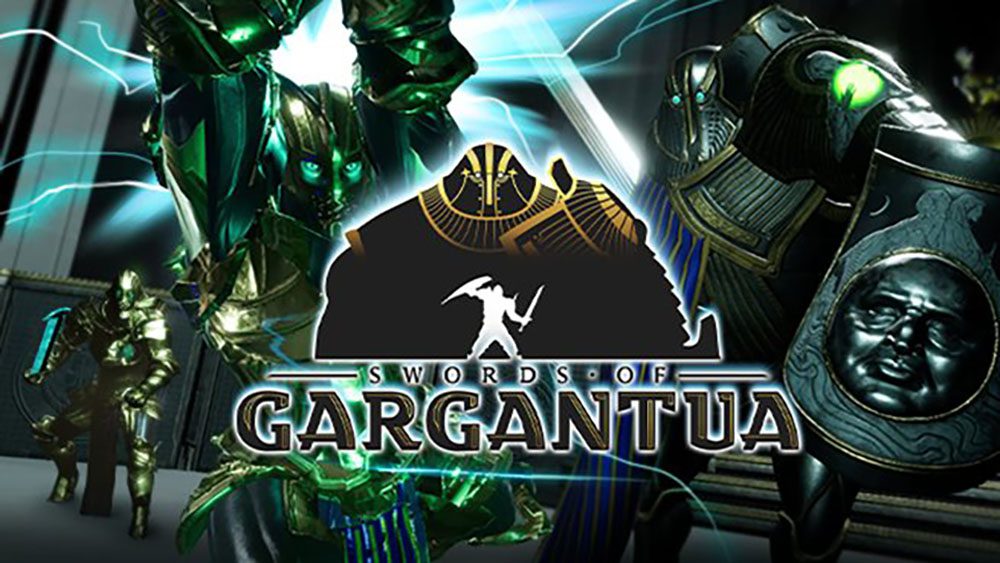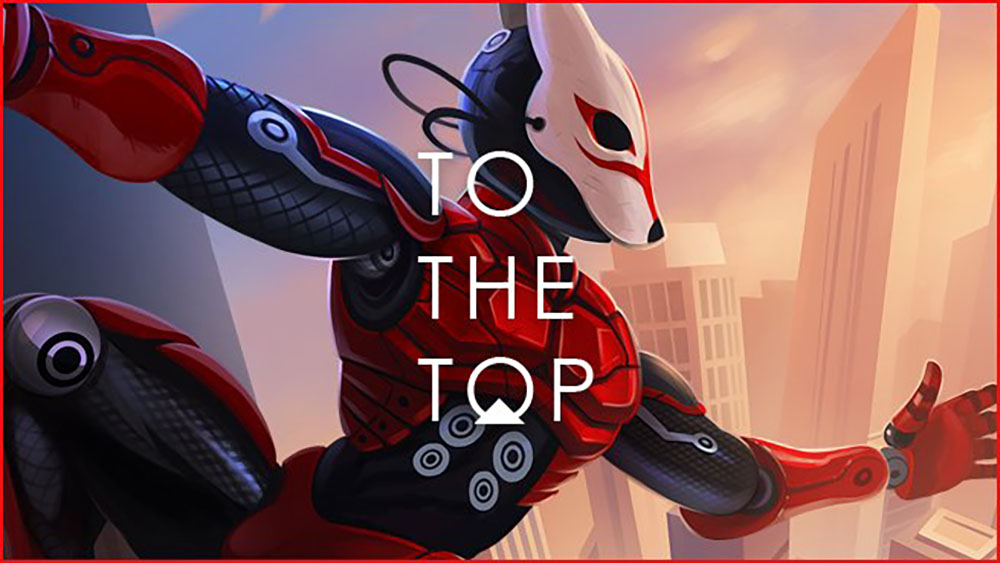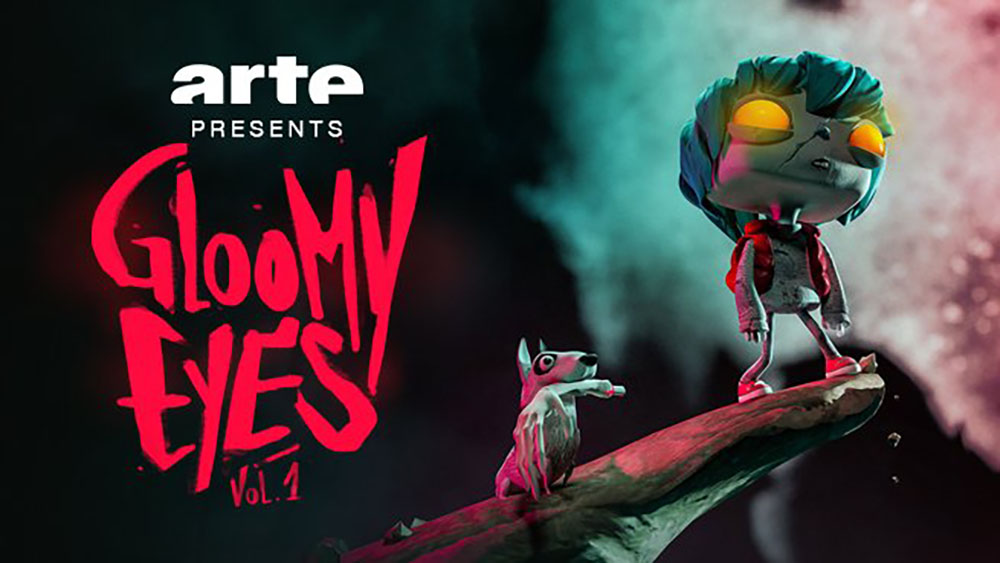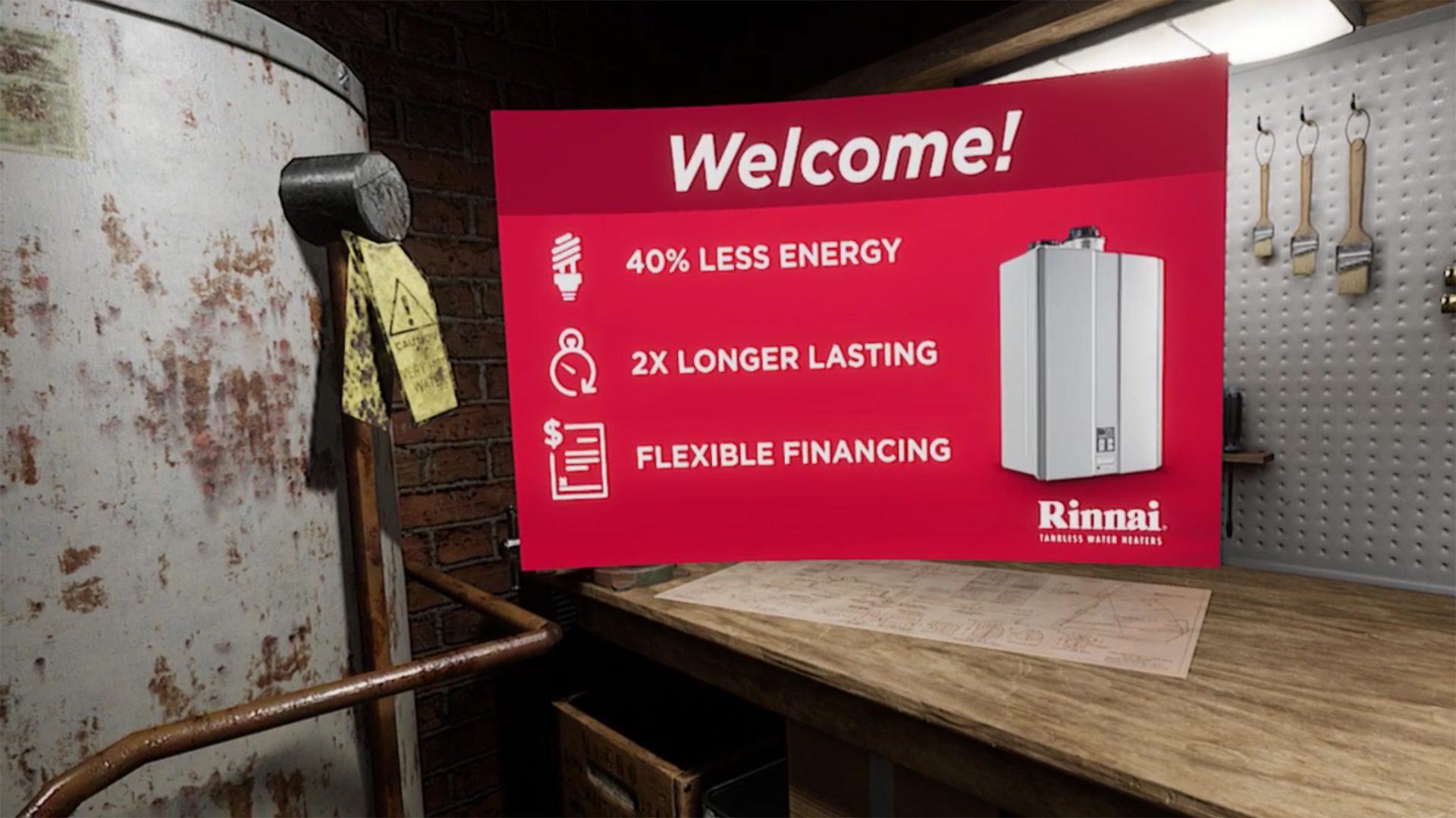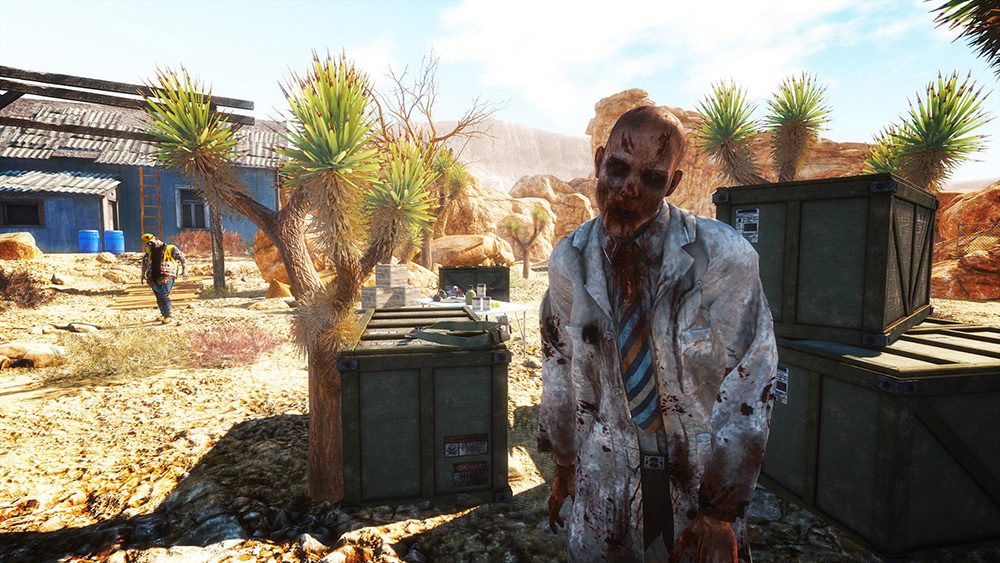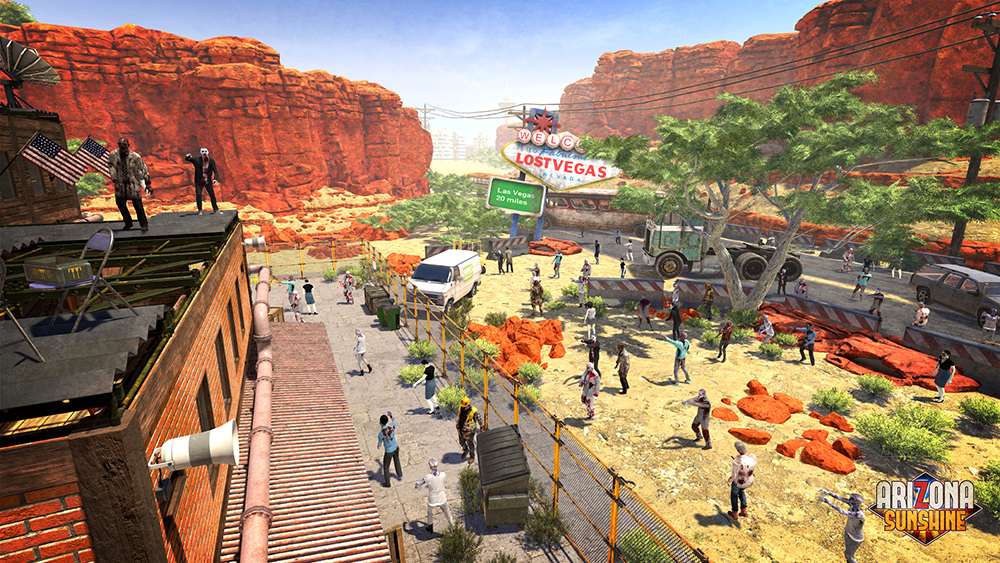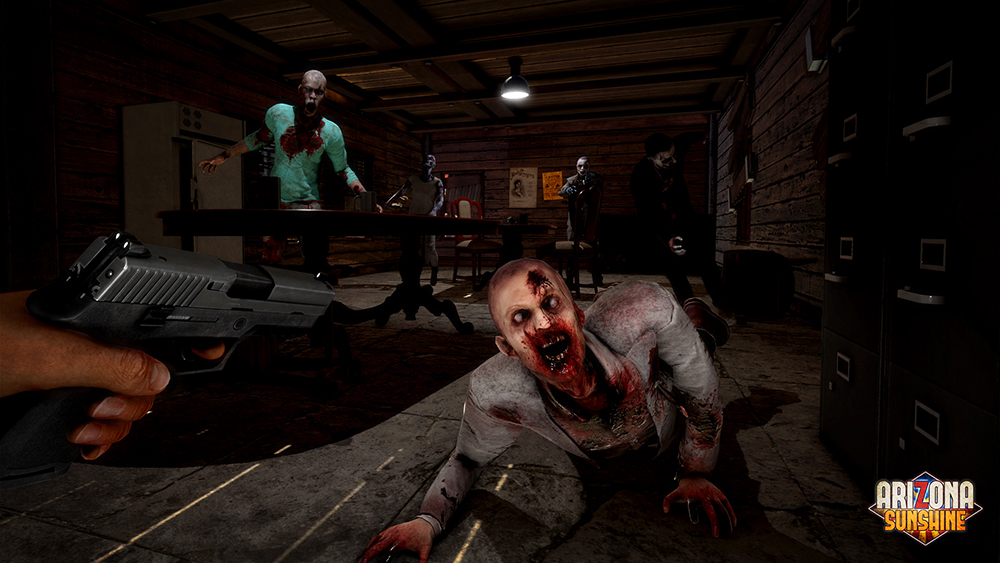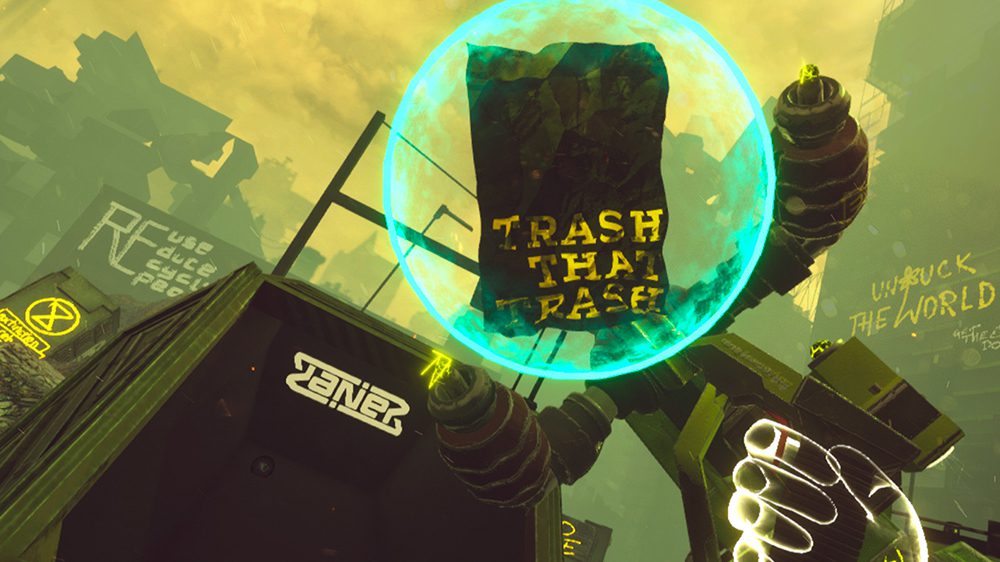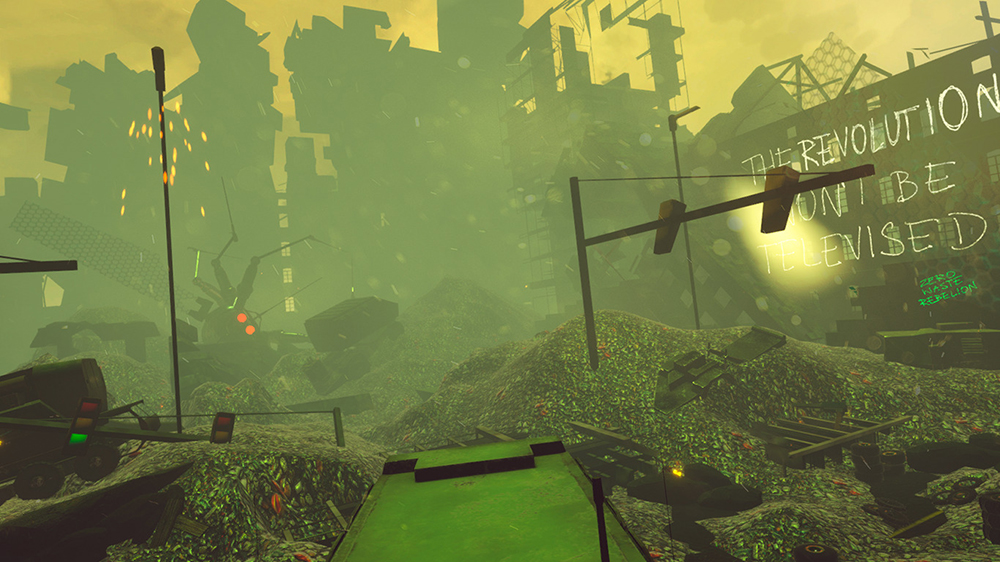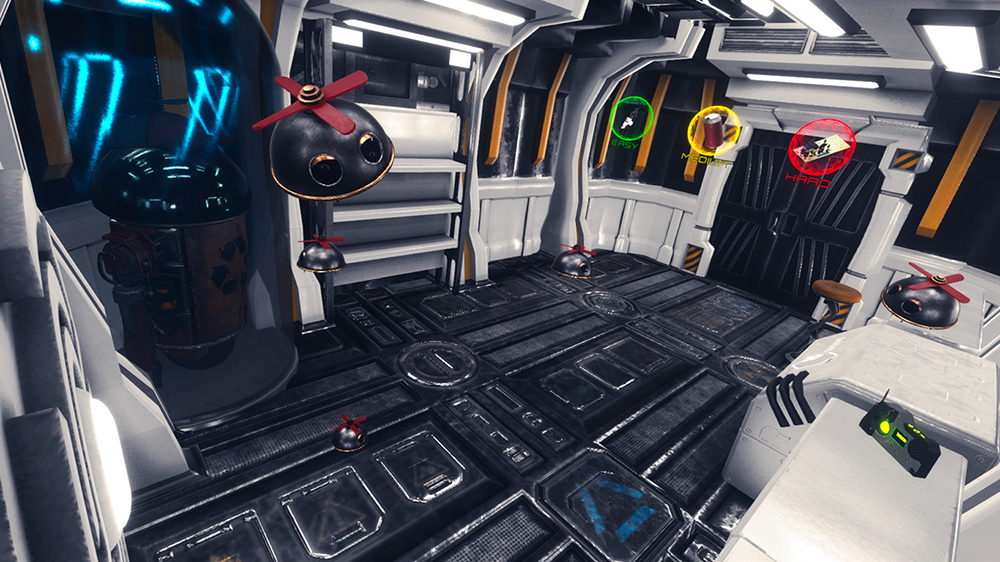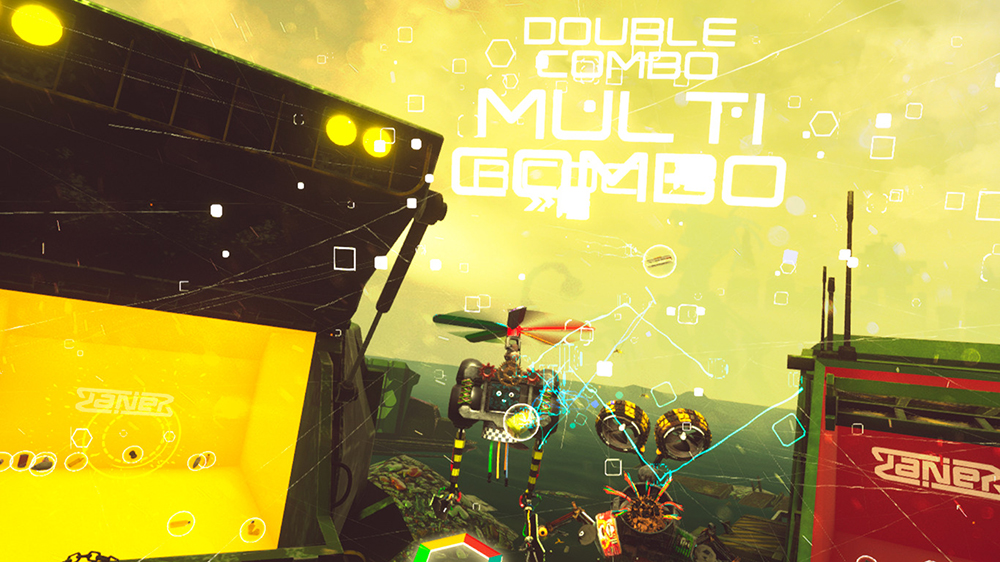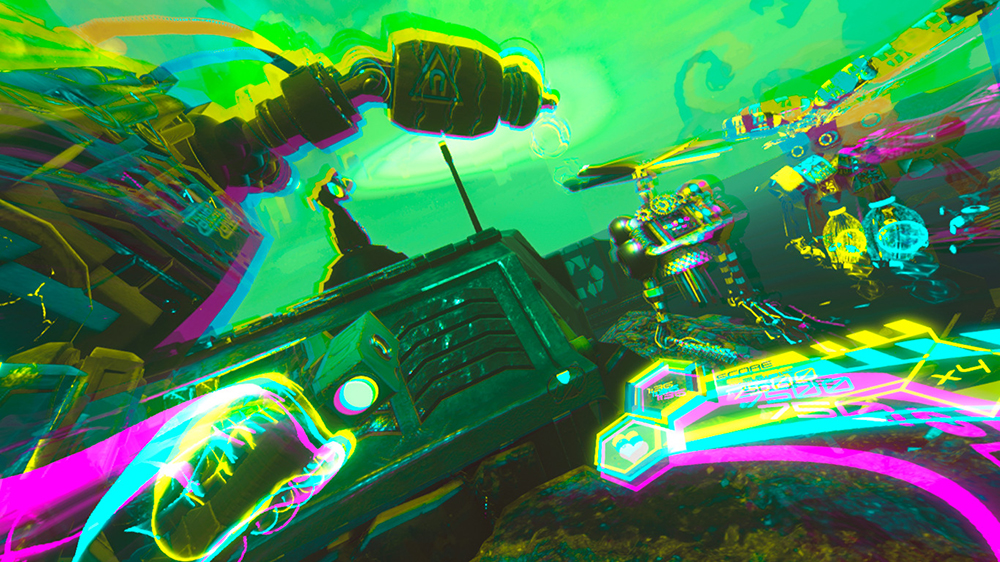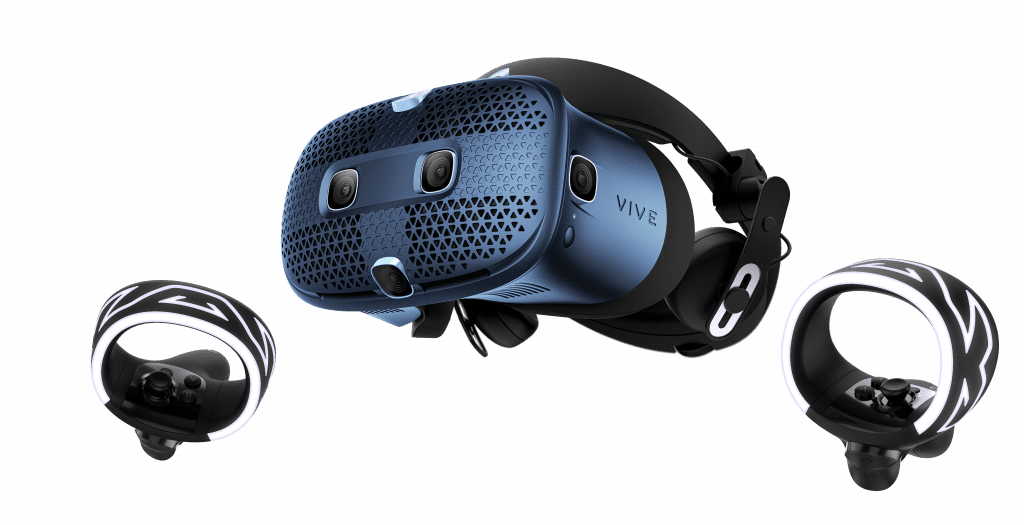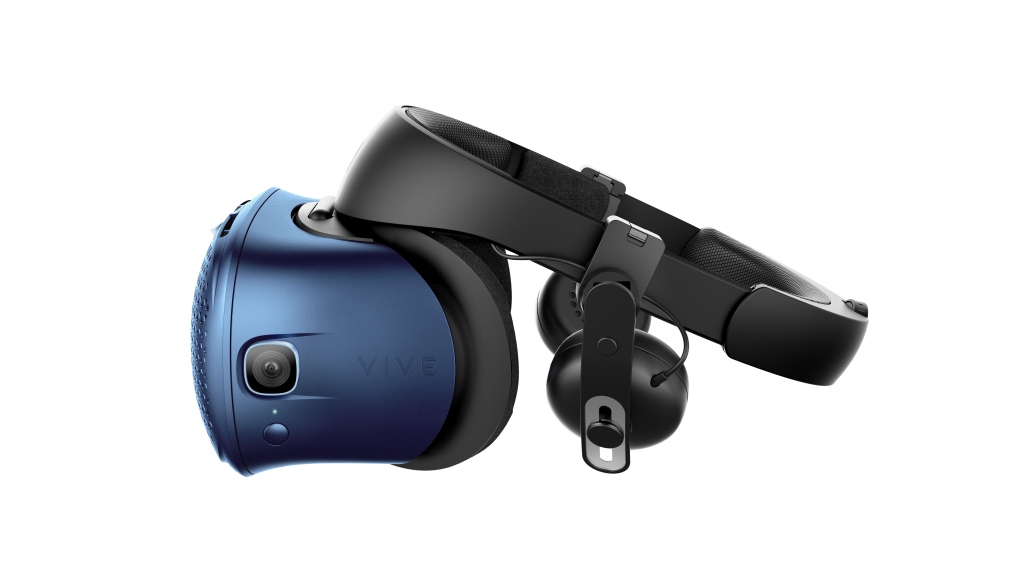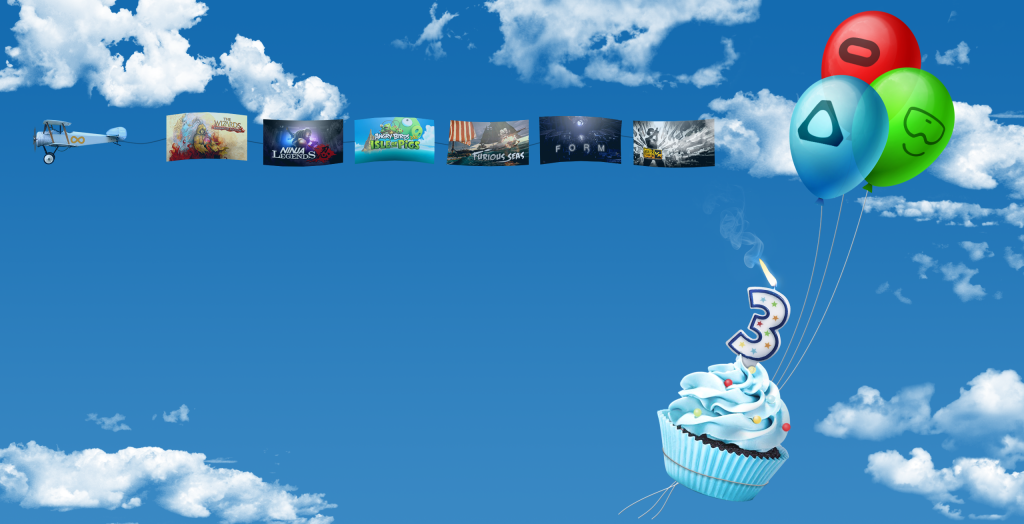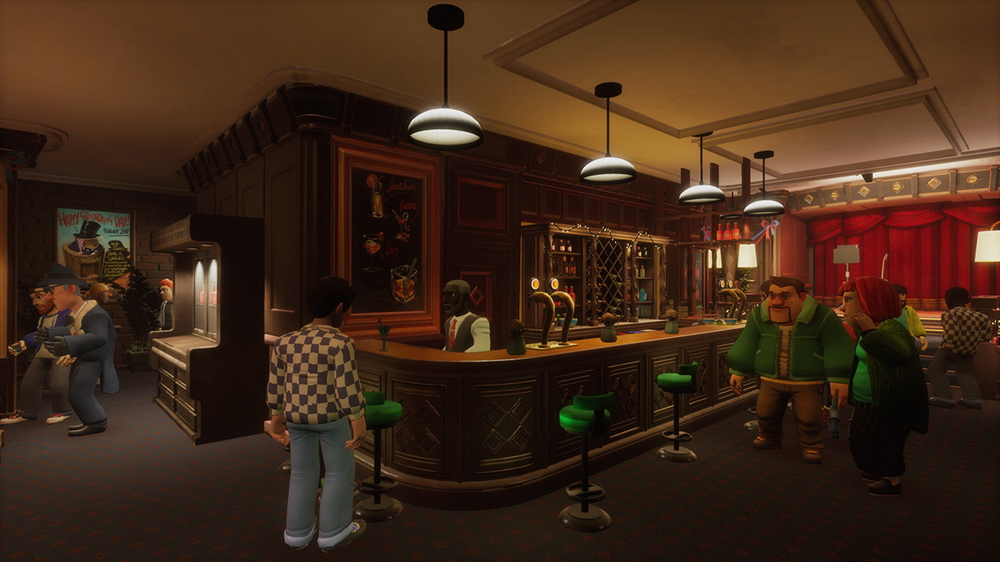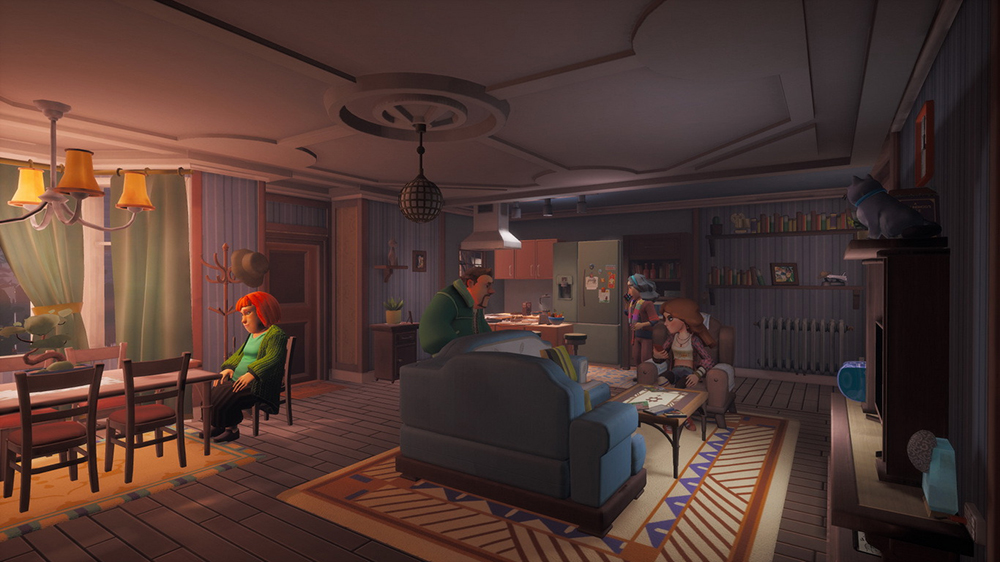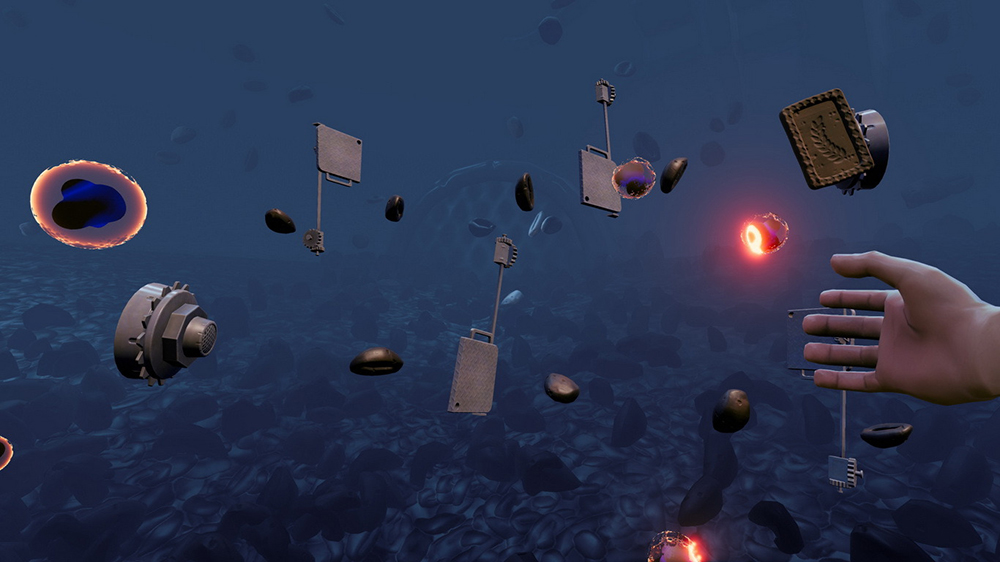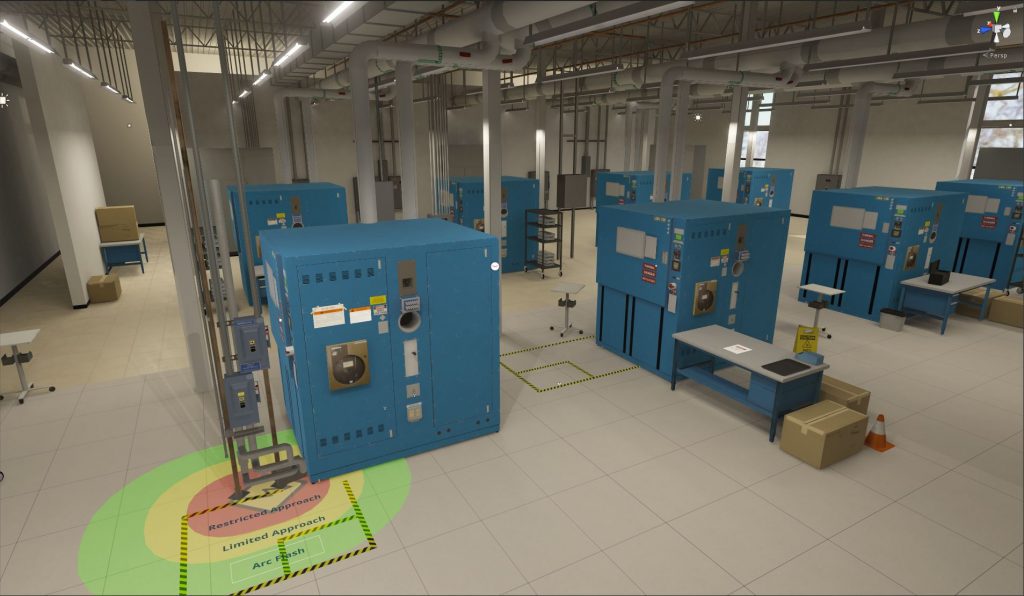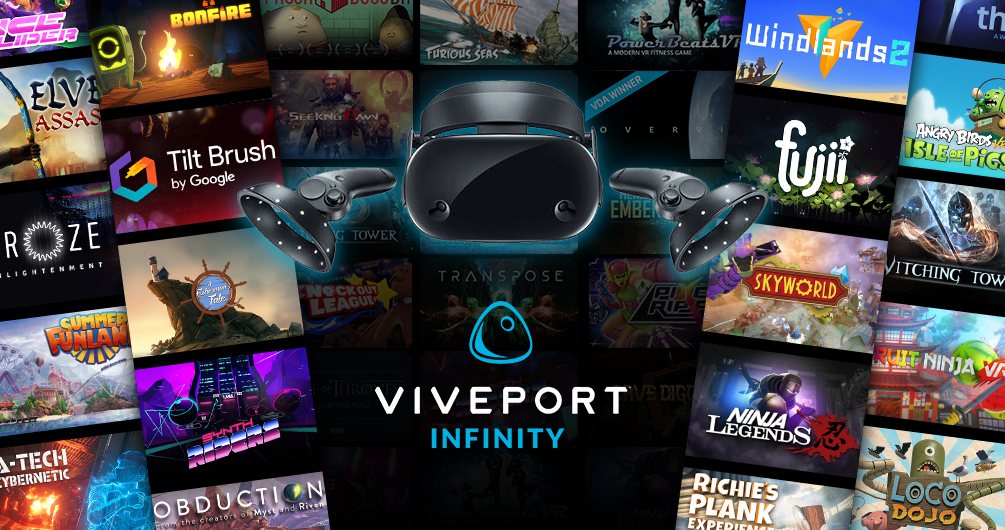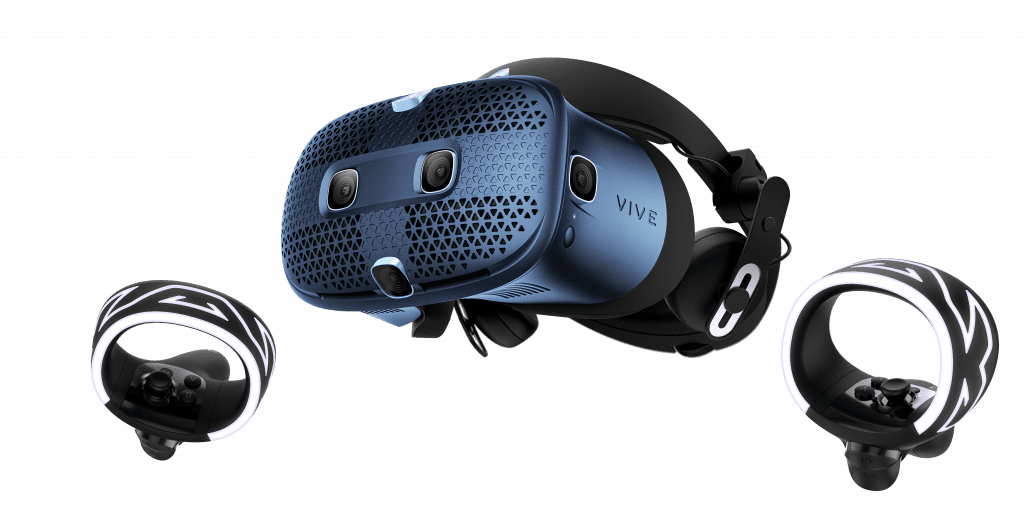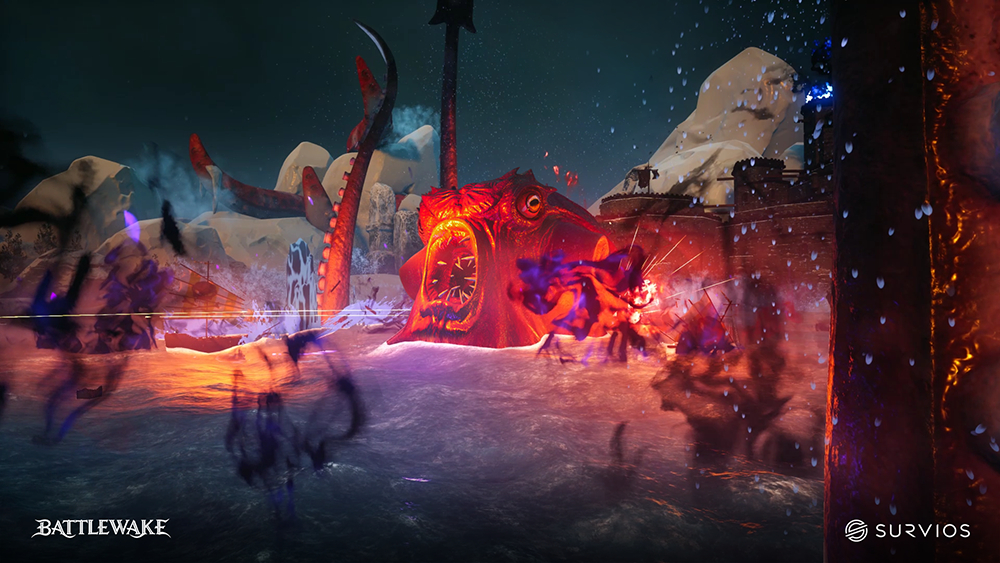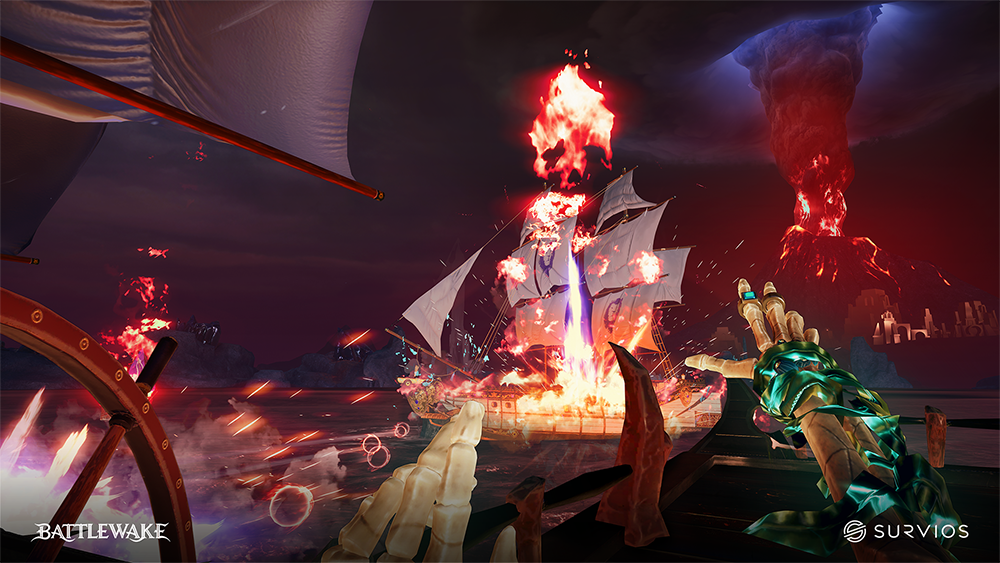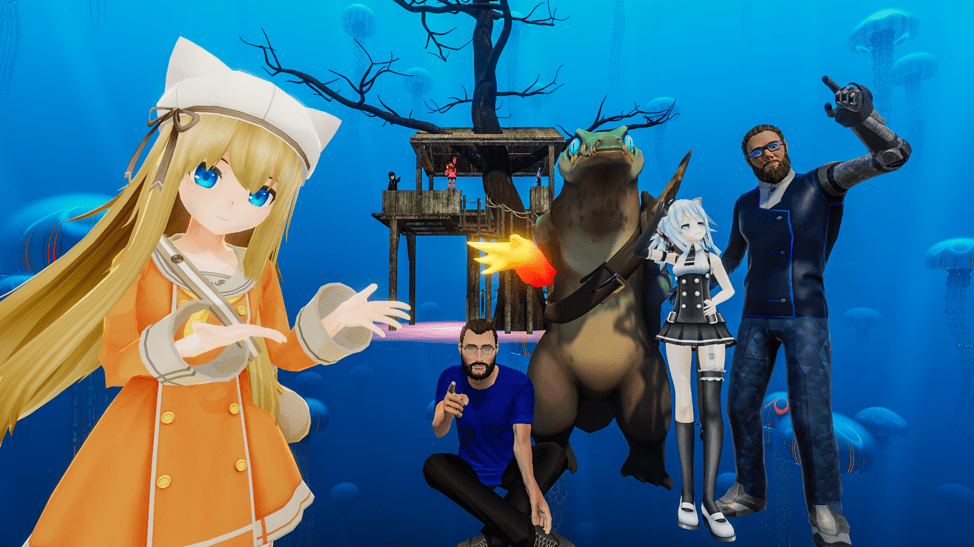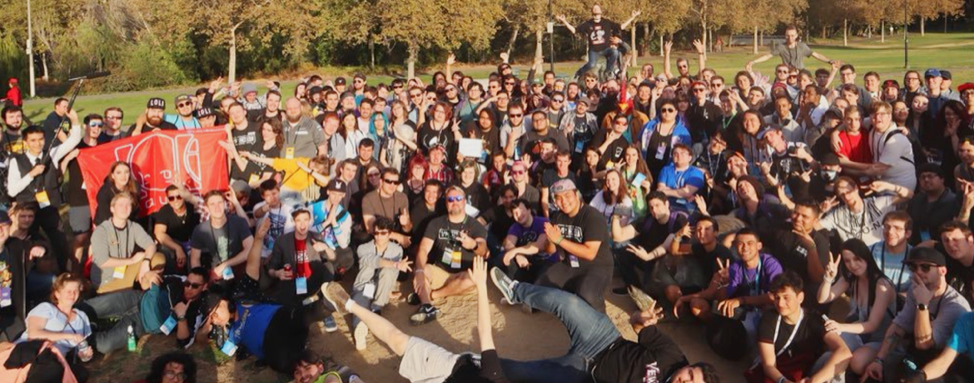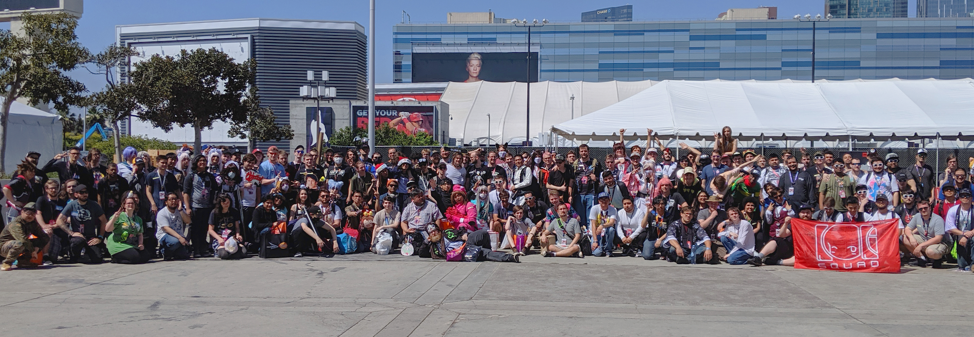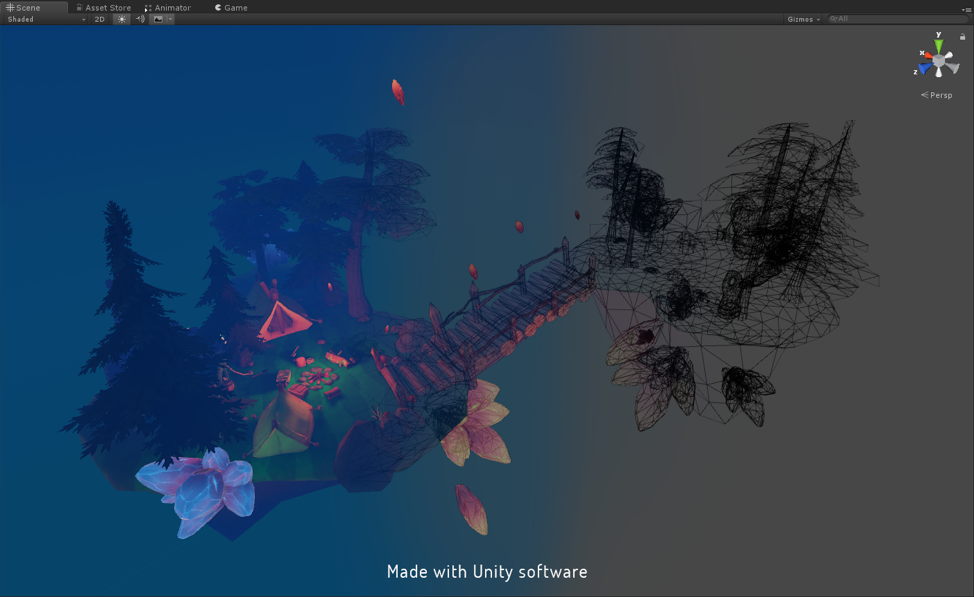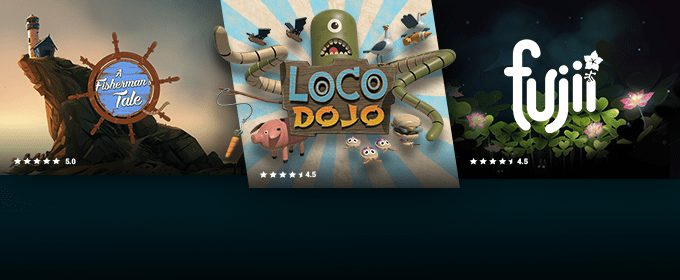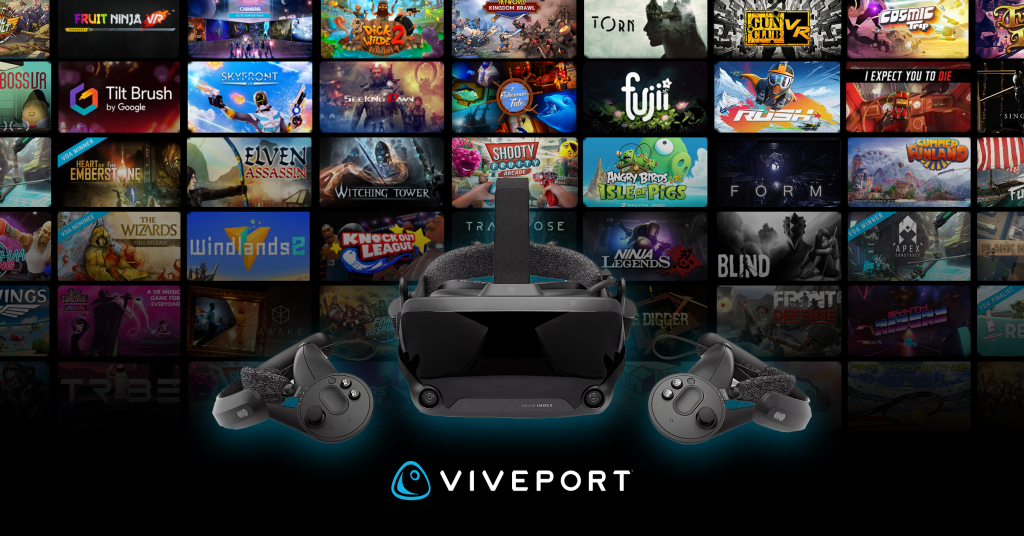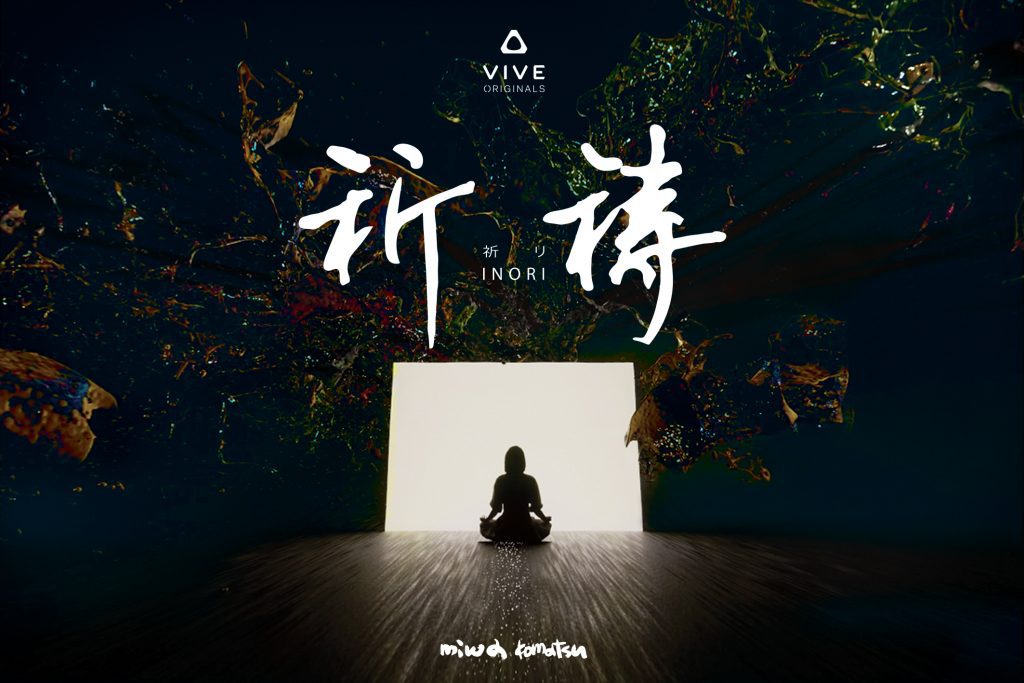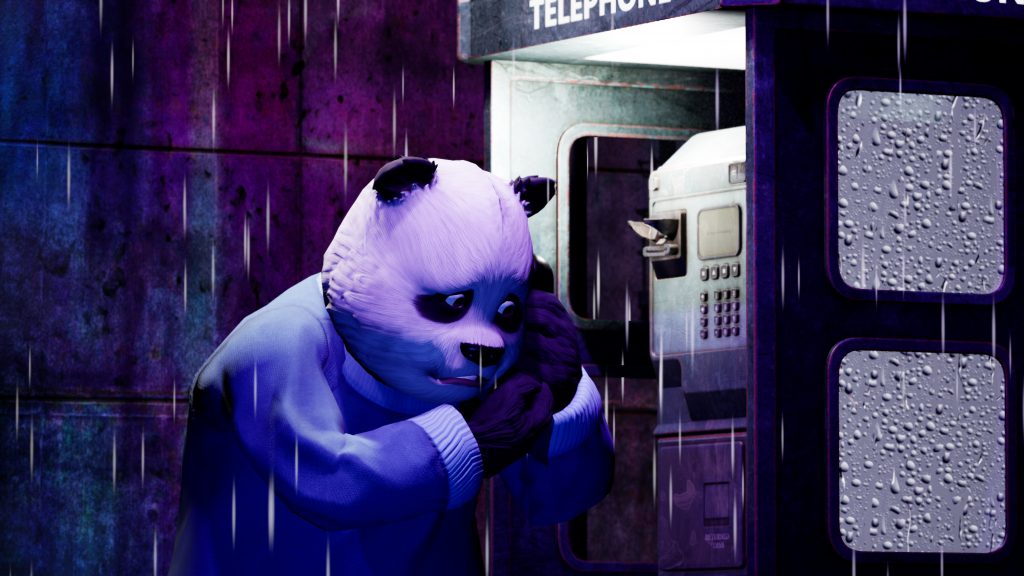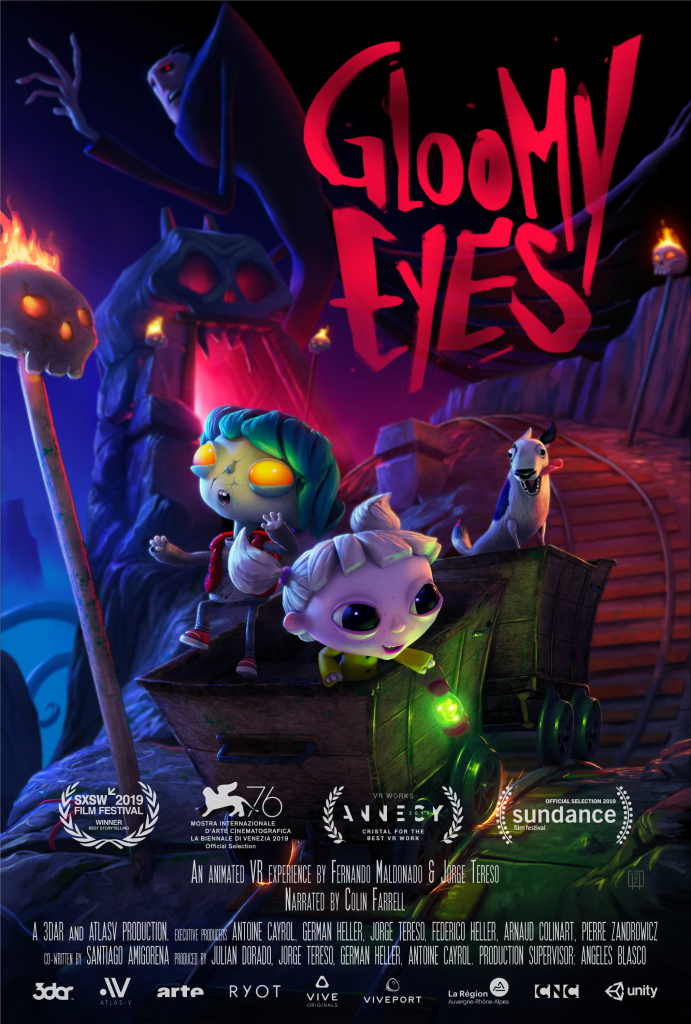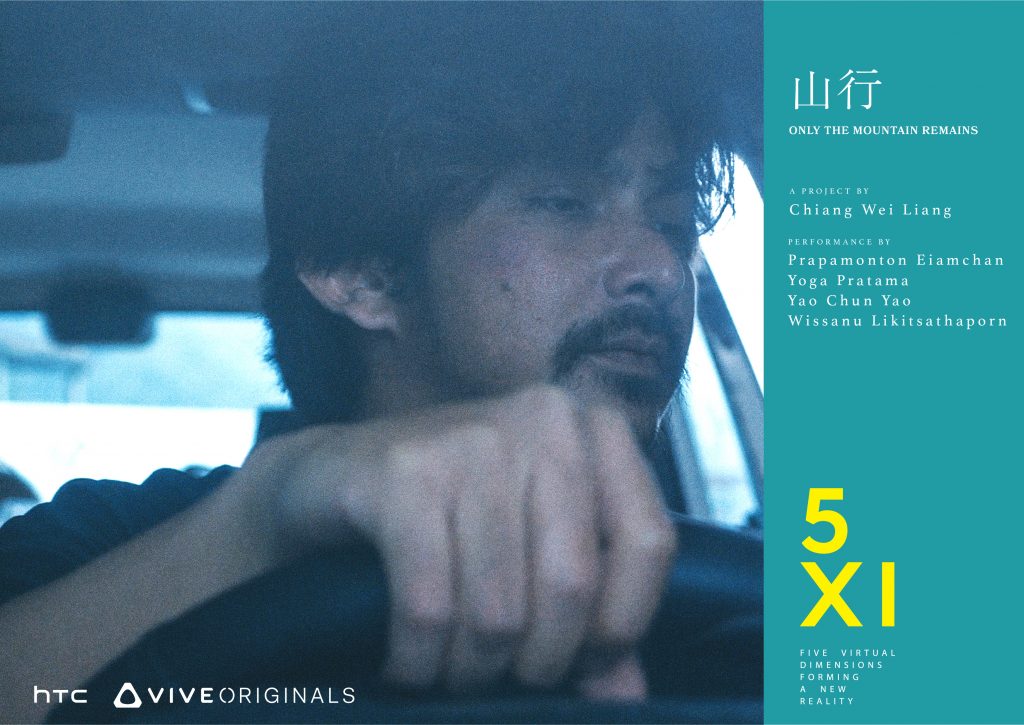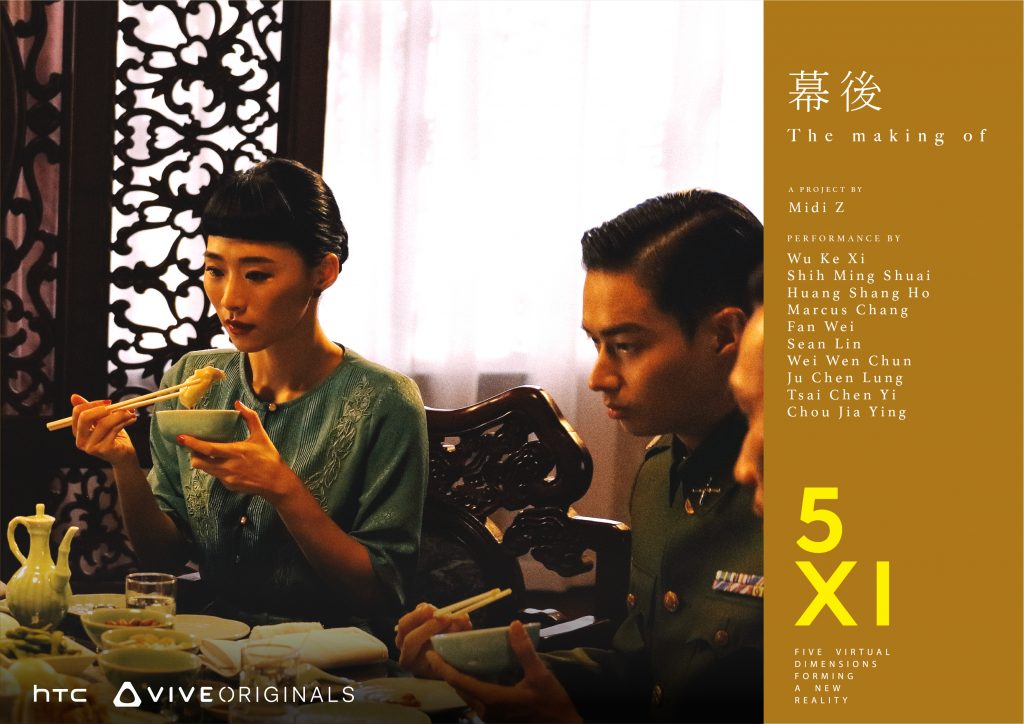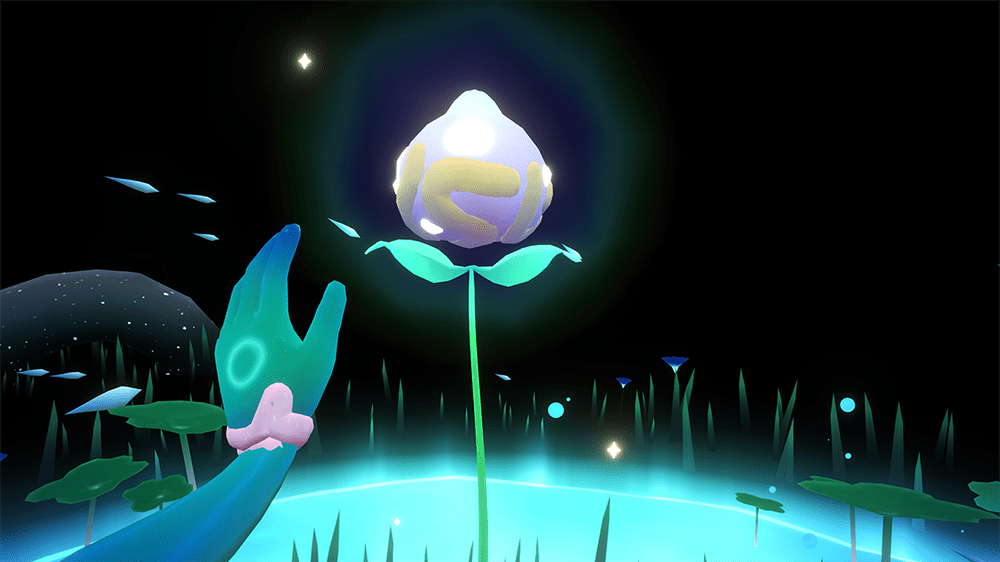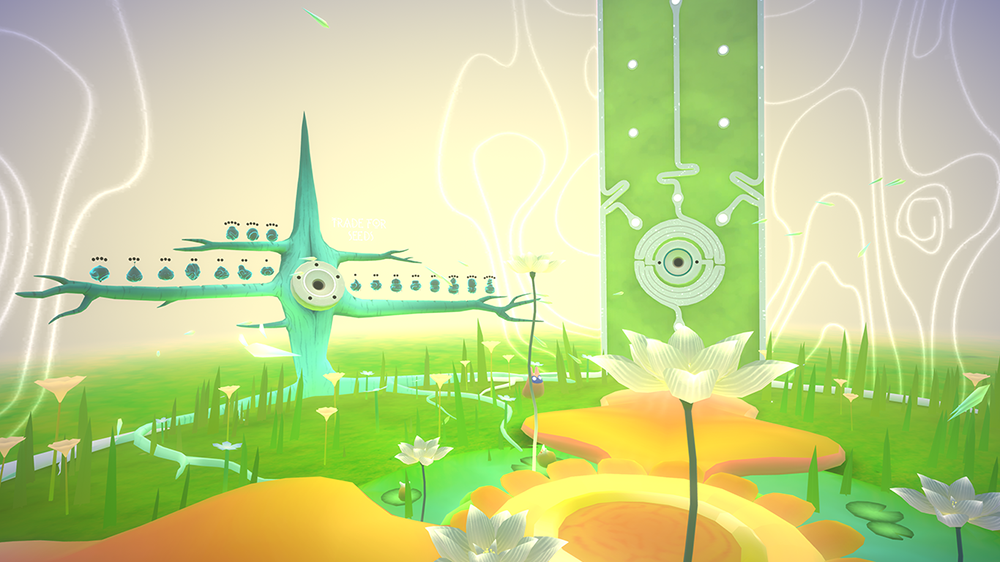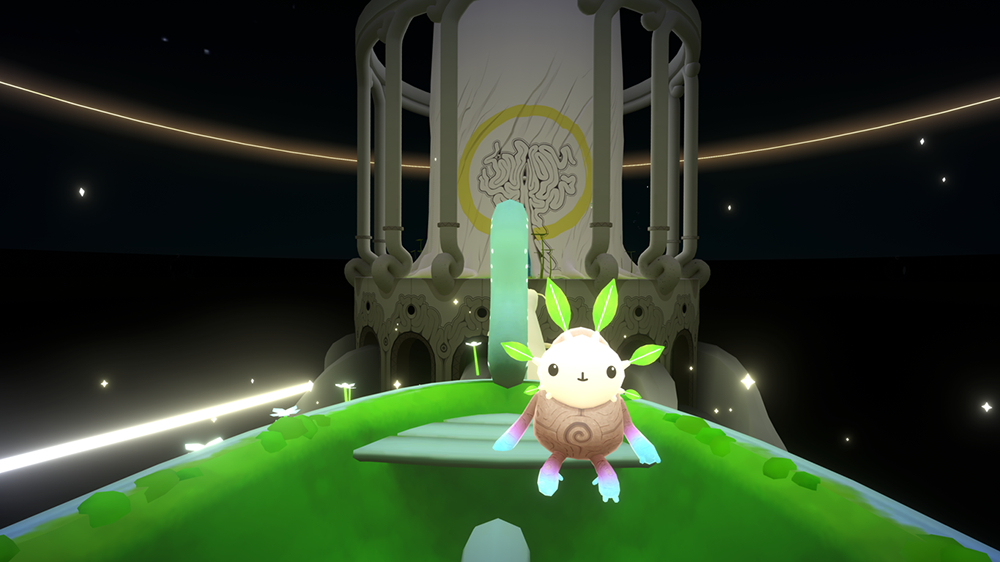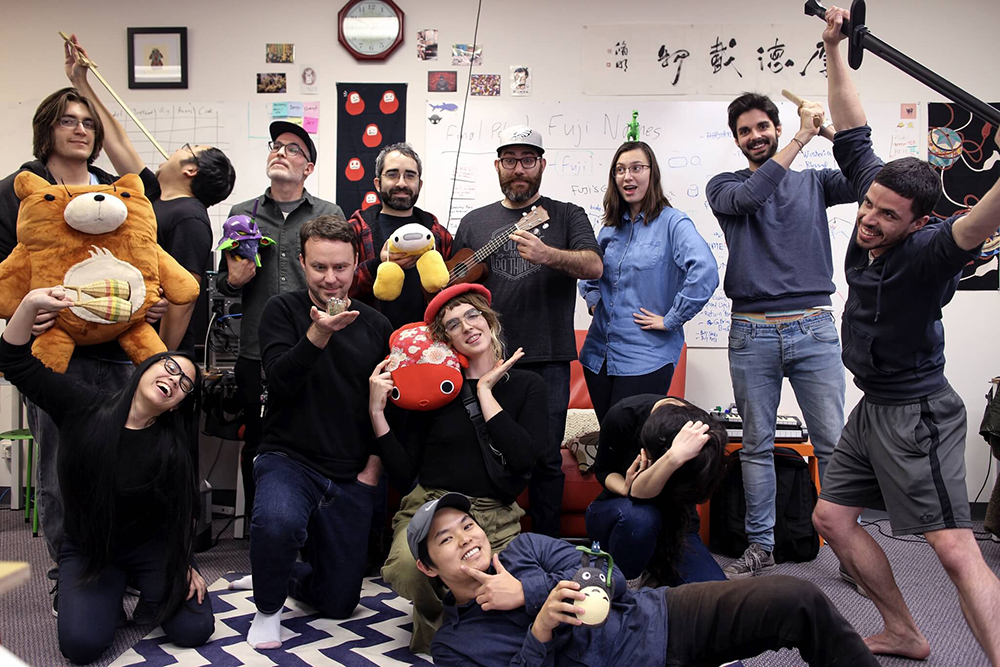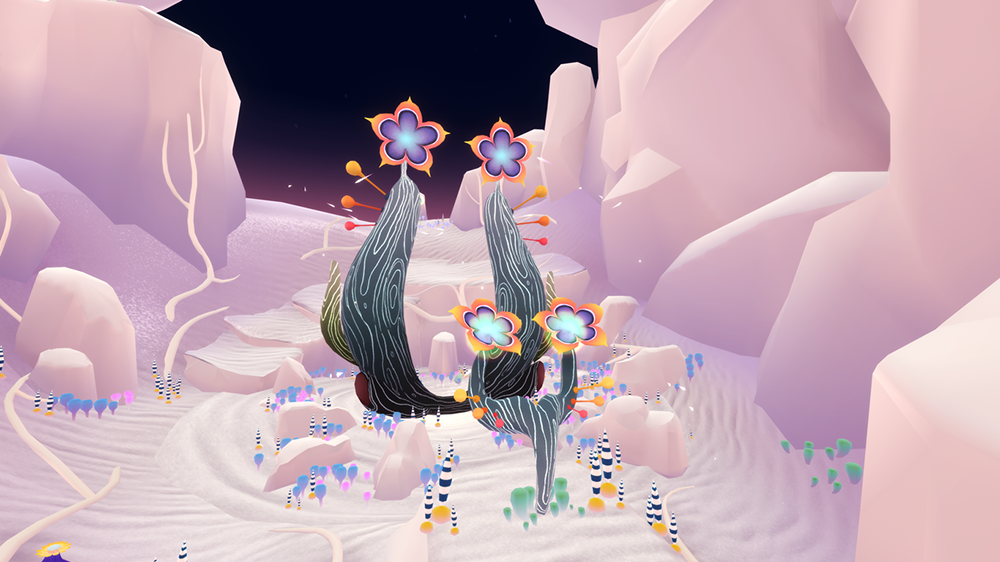Reading Time: 8 minutesThis is a guest blog post written by VRChat.

The VRChat team is excited to announce that we have closed a $10m Series C investment round. This latest financing includes new investor Makers Fund, alongside existing investors HTC, Brightstone VC and GFR Fund. We welcome Makers Fund and are proud to have them on board!
“Our goal is to connect people and enable them to interact as if they were in the same room. Any kind of social experience you could want should exist, and if it doesn’t, somebody should be able to create it. Makers Fund has deep experience with these types of platforms and will help VRChat move towards its goal.”
-Graham Gaylor, CEO
This Series C investment will allow us to expand the VRChat team and continue growing our platform and community. Partners like Makers Fund and HTC open unique opportunities to help us further our goal as a virtual universe.
“VRChat has cracked the code of creating engaging social experiences in VR. We are excited to continue working closely with VRChat as they help people connect with each other and the communities they love the most in VR.”
– Rikard Steiber, President Viveport and SVP VR at HTC
“Graham, Jesse and Ron have a bold vision to enable and empower diverse communities through limitless virtual identities and experiences. We see great potential here and are very excited to partner with the VRChat team on this journey”
– Jay Chi, Founding Partner of Makers Fund
What is VRChat?
[youtube https://www.youtube.com/watch?v=AqNr-AHuuEg?feature=oembed&wmode=opaque&w=730&h=411]
VRChat is an ever-expanding virtual universe powered by a passionate community.
Using Unity and our SDK, creators can build avatars or worlds and upload them to share with others. This open-ended creativity and the dynamics of sharing in an active social environment power VRChat. It has led to a never-ending fountain of entertaining, surprising and wonderful experiences.
Although VRChat supports all leading PC VR headsets and many VR accessories, a VR headset is not required to participate. All that’s needed is a PC that meets the minimum requirements for our platform.
“It is a very common story for people to join VRChat without a VR headset, have a memorable adventure, and immediately seek out virtual reality hardware to upgrade their experience.”
– Jesse Joudrey, CTO
Our Growing Community
VRChat enables everyone to connect with friends and make new ones from around the globe. They hang out, play interactive games, find awe-inspiring worlds, and share their experiences with others. People often find lasting friendships and communities stemming from their time in VRChat. That time is often hours per session, multiple times per week — many people have logged thousands of hours.
VRChat communities have grown in and outside of the application, to all corners of the internet, including streaming, communication, and fund-raising platforms. These interconnected communities support our users, from popular performers to creators and groups.

A VRChat IRL Meetup
“I’ve met many of our community in VR and the real world. They often explain to me how much VRChat means to them or has changed their life in some positive way. They passionately share their feature requests and issues. Their dedication has been a constant source of inspiration for me and our entire team.”
– Ron Millar, CCO
VRChat’s presence is not limited to the virtual world! Our community has grown so much that VRChat meet-ups are commonplace and people recognize our T-shirts in the real world.

Creation Tools
VRChat creators have the unique opportunity to create shared virtual content with industry-standard tools like Unity, Blender, Maya, or any other 3D authoring software. After creating their world or avatar, they use the VRChat SDK to upload it into VRChat and share their creations with the world. Many VRChat users have learned how to use these tools from scratch in order to make their ideas reality.
Powered by Unity

VRChat is built using the popular Unity game engine. Unity is a powerful, widely-adopted industry standard. If you are already a Unity developer, then it’s easy to create VRChat content.
Unity also offers the Unity Asset Store, and we have worked with Unity to curate a list of assets that creators might find useful while building content for VRChat. This list contains tools, 3D assets, and supported components that many VRChatters are utilizing for building new and creative content. This makes it simple for even a new creator to piece together a world or an avatar in very little time.
Avatars
One of the most important aspects of VRChat is your custom avatar. You can create one yourself, or you can find one that fits you best. By finding an avatar pedestal, you can interact with it to become a robot, a zombie, an alien, an anime character, or anything you can think up!
If you can’t find something to fit your persona, you can create an avatar yourself and upload it to VRChat for everyone to see.
Enabling Expression

Our state-of-the-art avatar systems enable expression in meaningful and emotional ways that our community loves. We empower artists, performers, musicians, dancers, puppeteers, comedians, coders, shader wizards, actors, filmmakers and more to create and share their art with the world.
Sharing and Streaming
Enabling these experiences within a new type of dynamic social platform has made VRChat a fertile environment for top content creators on Twitch and YouTube. VRChat has over one million followers on Twitch, where community streamers stream adventures, content creation, talk shows, nightclub DJs, and more. We also maintain one of the largest Discord communities, with nearly 90,000 users.
The idea of a “virtual persona” is a rising global trend. Also known as “VTubers”, this is when streamers and content creators assume a virtual identity over their own. They can be far more creative in how they look, how they move, or even in how they speak. VRChat has been uniquely positioned to provide tools and an environment for this new form of media. Quite a few well-known virtual personas began on VRChat, with more appearing over time. One great example is “KimplE”, a robotic cat who streams on their Twitch channel. Here’s an example of KimplE playing a variety of games on youtube using VRChat.
Infinite Worlds!
You only have to open the VRChat “Worlds” menu to find thousands of places to discover and explore. Using the VRChat SDK, our community has created a vast array of interactive worlds: social games, secluded hangout spots, quiet bars, busy nightclubs, scary escape rooms, complex puzzles and mysteries, drawing and painting rooms, performance stages, racing tracks, jetpack testing grounds, mind-blowing audio-visual experiences, photorealistic locations, mountainsides to climb, treehouses standing in the middle of a vast field of fractal environments — and a lot more that defy explanation. No matter what you’re looking for, there’s a world for you. Like what you see? You can save that world as a favorite or make it your home.
VRChat also contains hundreds and hundreds of avatar worlds. Here, you can find thousands of avatars to browse through and try on, often following themes reflecting popular culture. Put on a new look and check out your fresh identity in a mirror.
Expanding on the Infinite!

Example Udon Node Graph
For years we’ve dreamed of furthering our creators’ ability to build complex, interactive content for their worlds. We’ve always believed that it is one of the key components to a fully-functional VRChat Universe.
VRChat “Udon” is an in-development programming language designed specifically for VRChat. It utilizes a “node graph” graphical interface to permit both new and experienced users to create complex, interactive content for their VRChat worlds.
Udon will unlock a whole new class of creativity in VRChat by allowing content creators to build far more interactive worlds, games, and experiences. We expect Udon to be a big deal! We believe it will have a massive impact on the types of content the community can enjoy in VRChat once released. Udon is currently in internal testing, and planned for release in Q4 2019.
Virtual Workspace

The VRChat Team in their usual Avatars
From day one, the VRChat team has worked as a fully remote team with teammates all over the world. We use VRChat daily for team standups, design jams, testing ideas, prototypes and builds. Occasionally, as you can see from our team picture, this leads to interesting situations like participating in a design discussion led by an alien, an art presentation held by an octopus, or a production stand-up summarized by a space marine.
Remote work makes it easier for us to hire the best people for our team. There’s no need to relocate or commute to an office every day. As part of our interview process our team meets with candidates in VR. We’ve discovered interviewing “in person” with an avatar of their choosing can be relaxed, creative, and fun. Many times the candidates we consider are already involved in the VRChat community.
Our team also spends many hours in VRChat for work and fun. If you’re at community meetups, game events, or just hanging out in a virtual world chatting, it is not uncommon to run into a VRChat developer. Because we’re part of the community, we share the same passions for VRChat as they do. We use this connection to help us drive the direction of development.
We use our Discord and other reporting channels like our Feedback boards to work closely with our community to perform beta testing, gather feedback, build bug reports, and collect feature requests. This communication is an important part of the continuing improvement of VRChat.
VRChat also uses Twitch streaming more directly to deliver official “Developer Streams” where we talk about what we’re working on, hold interviews, and answer questions in real-time. In addition, we make posts on our blog delving into the depths of technical systems, upcoming changes, and new features or systems.
What’s next for VRChat
VRChat is still in the early stages of development. This latest round of investment and our partners will allow us to continue expanding the VRChat Universe. We are currently working on adding more tools to enable our community to create, play and share in ever more exciting ways.
Here’s a short preview of what’s on our roadmap. If you’d like to hear more about our plans, you can catch our August 2019 Dev Stream, viewable here.

We’re Hiring!
With resources secured and plans in place, the VRChat team is hiring and ready to grow. We’re seeking talented and passionate people to help with the development and growth of the platform. More information on those roles can be found here on our Careers page.
Find out more
If you’d like to contact us, feel free to email us at hello@vrchat.com. You can also visit the official VRChat website at www.vrchat.com. Don’t forget to follow us on Twitter @VRChat!
As mentioned, we’ve got an active Discord community where you can join and chat about VRChat. Click here to join!
Thank you for reading, and we’ll see you next time.
The VRChat Team & Investors
Website: LINK
